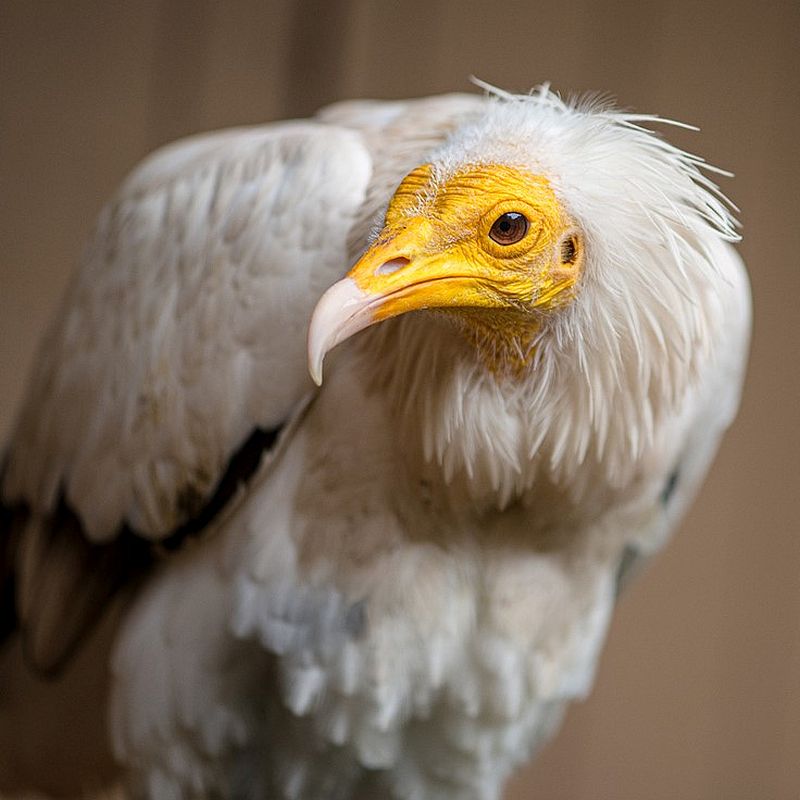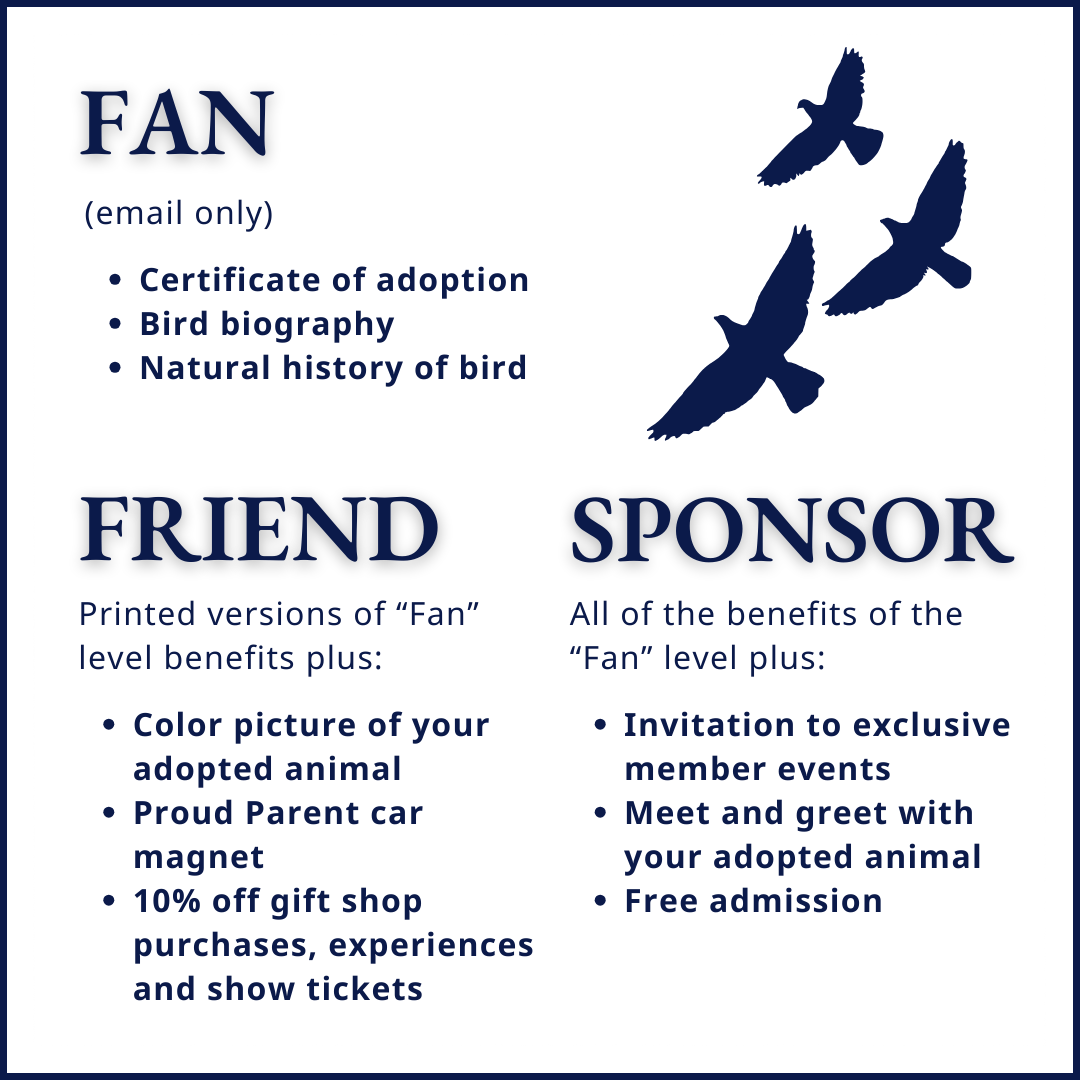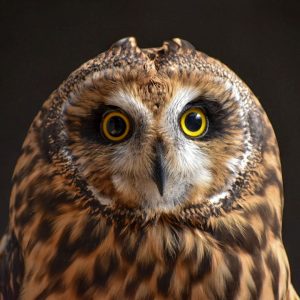Egyptian Vulture – Dynasty
Dynasty was originally hatched and raised by an exotic pets dealer who was using unethical practices. He was rescued from this dealer and came to World Bird Sanctuary, at which time he was named Cleo and thought to be female. He was paired with another Egyptian Vulture in an attempt to begin a breeding program as Egyptian Vultures are an endangered species. After his mate passed away, Dynasty was sent on breeding loan to Hawk Creek Wildlife Center in 2000, and in 2015 he was correctly DNA sexed as male.
$29.00 – $129.00
Description
HATCH YEAR: UNKNOWN
FUN FACTS ABOUT DYNASTY
- In 2019 Dynasty was recalled to WBS to help start our own captive breeding program and quickly stole trainers’ hearts with his incredible curiosity and sweet demeanor.
- While we finish setting up our breeding program, Dynasty can be found on exhibit in the warmer months where he enjoys people watching. In the winter, he gets moved indoors to a heated chamber at our Education Training Center off-exhibit.
- If staff are anywhere around his enclosure working, cleaning, or feeding you can be assured Dynasty is trying to watch what they’re up to!
SPECIES FACTS
Scientific Name:
- Neophron percnopterus.
Distribution:
- Wide distribution. Can be found in the Iberian Peninsula and North Africa to India. Are unfortunately considered endangered in island locations due to poaching, poisoning, and collisions with man-made objects like power lines.
Habitat:
- Dry plains and areas with low lying hills.
Diet:
- Mostly carrion but are opportunistic and will hunt small mammals, reptiles, birds, bird eggs, and mammal feces.
Behavior:
- These vultures are very intelligent and are known to use tools like pebbles to break open eggs, and twigs to roll up wool to line their nests.
- Nest mainly on rocky cliffs, but will also use ledges on tall buildings in the area and large trees.
- Hang out solo or found in pairs. When a large group of other scavengers congregates around a dead animal, they usually wait up in a tree for the larger animals to get their fill and leave.
Identification:
- Medium sized, white vulture with a bright yellow face.
- Flight feathers are black.
- Tail appears wedge-shaped when soaring.
- Indian subspecies have a pale or yellowish colored bill, whereas nominate species have a black bill.
- Juveniles appear as a rusty brown color, however wild adults also generally tend to be brownish in color due to the iron-rich mud in the area. This is suspected to be cosmetic in nature.
- Generally silent, but will make hissing or high-pitched mewing sounds while in the nest. Will also hiss and growl when threatened or angry.
Additional information
| Adoption Level | Fan, Friend, Sponsor |
|---|





